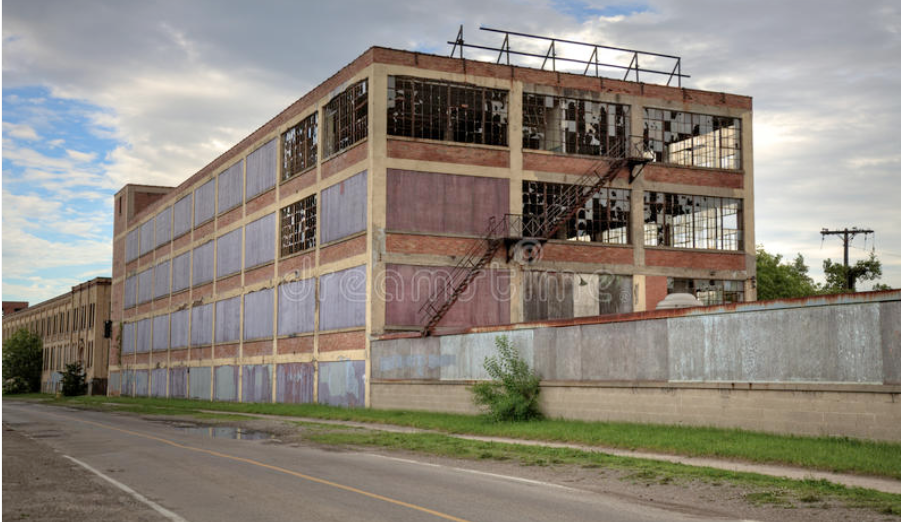News & Blog
Making successful Brownfield Housing Fund Bids
Posted onNovember 01, 2021
The Department of Levelling up, Housing and Communities (DLUHC) has just announced the release of a further £57.8m of Brownfield Land Release Fund (BLRF) to 53 local authorities. The total fund amounts to £75m. Local authorities can bid for the remaining £17.2m.
AspinallVerdi has been working with a range of local authorities, developers and Combined Authority clients to develop effective business cases which can enable the drawing down of this funding.
Clients interested in securing such funding need to consider a number of key factors when bidding. The main critical success factor is timescale and delivery - for instance whether planning permission is secured and what are the lead in times for start on site. Most of the current central government funding streams are seeking outputs within the lifetime of this parliament which means time is already tight!
Value for money is always a key aspect; how this will be achieved is important. Therefore, considering how competitive processes can be entered into to show that costs are being competitively tendered will be important. Equally, compliance with policy (delivery of affordable housing in particular) will also inform value for money. This is not be confused with the amount of ‘ask’ from the fund – but what benefits are being realised from the investment being made.
Business cases and in particular Green Book Compliant Business cases, require options to be evaluated starting with a long list which is then followed by a more focussed short list. This is needed to demonstrate that the ‘preferred option’ provides value for money as well as ensuring deliverability.
We are often also called upon to prepare evidenced based market reports to support the commercial case, and this needs to identify the market failures which securing the funding will address.
Projects on brownfield land which are well progressed in terms of design and planning are well placed. Of course, having specific identified constraints which are related to the ‘brownfield’ tag will be important. These could include costs of site preparation, remediation and the provision of infrastructure which will enable the site to be developed. Also works related to drainage and utilities can often be significant constraints. In experience costs related to drainage and attenuation can be significant cost items which can affect the viability of a scheme.
Business cases should be based on the five-case business case model following HM Treasury Green Book Guidance. We have found in our role we spend time re-interpretating development and cost information into a form which funding appraisers can evaluate. This requires both time, teamwork and coordination, as it will draw on the design/client team to bring information together and work on a range of documents for the submission.
The Brownfield Housing Fund is an important opportunity for both central and local government to boost housing development without encroaching on contentious greenfield sites and will play a crucial role in the regeneration of urban centres. The need to develop more sustainably also puts brownfield at an advantage too. With this in mind it is likely that if government see projects successfully being brought forward, there could be a series of further funding rounds.
Atam Verdi – Executive Director – AspinallVerdi
Download PDF